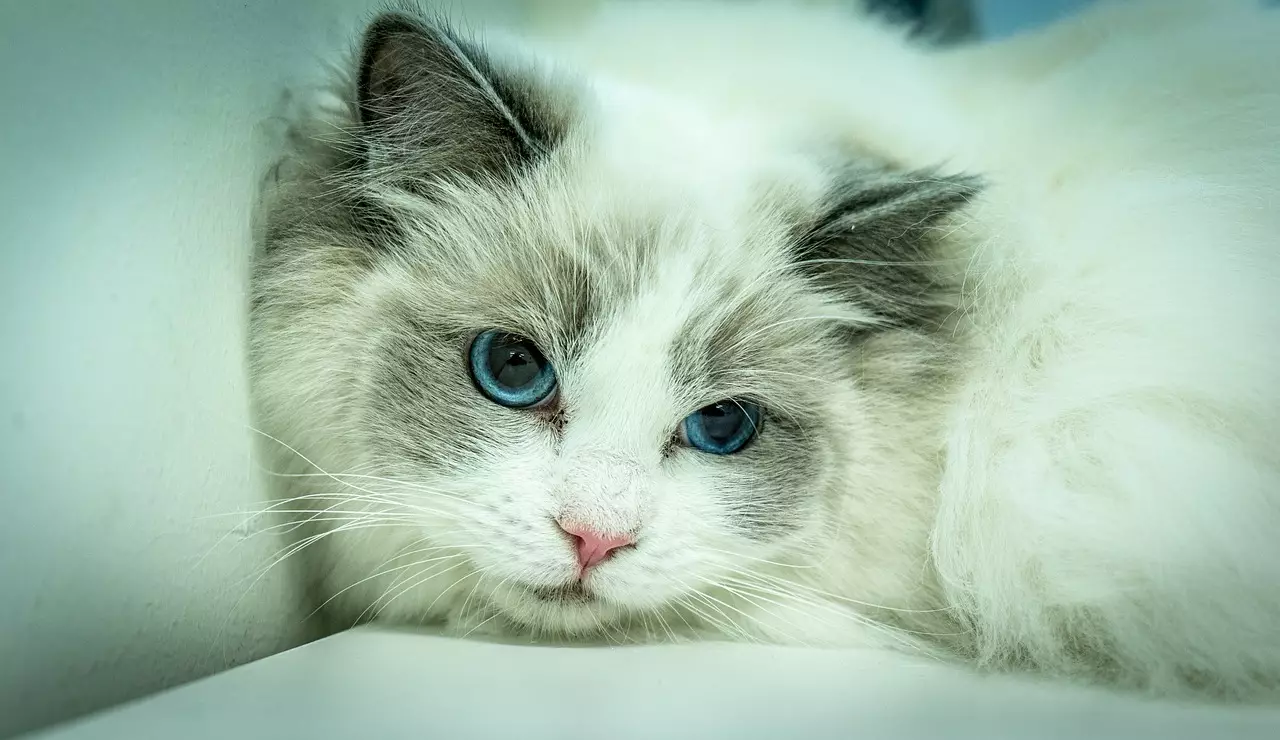Cats have long been admired for their independence and enigmatic aura. However, beneath that quiet exterior lies a spectrum of vocal talents that many owners might underestimate. These breeds defy the stereotypical notion of cats being reserved and silent, offering a dynamic, expressive presence that actively seeks interaction. Embracing a vocal breed means welcoming a more engaged, communicative relationship—one where every meow, chirp, or yowl is an invitation for connection. This isn’t just about extroversion; it’s about fostering a deeper understanding with your feline friend who isn’t shy about sharing their feelings. In an era where pet companionship is increasingly about mutual dialogue, these breeds stand out as natural conversationalists with personality and charm.
Unique Voices that Define Breed Personalities
Among the most prominent vocal breeds is the Siamese, whose loud and articulate voice embodies their affectionate and social nature. They are often described as “chatty,” but that term scarcely captures their constant willingness to communicate. Their cries can be endearing or demanding, often used to express needs, desires, or just to say hello. Their vocalizations serve as a rich tapestry of sounds that create a lively dialogue with their owners. Conversely, Maine Coons surprise us with their soft, melodious trills and chirps. Though large and imposing in appearance, their gentle vocal expressions reflect a calmer, more laid-back demeanor that prefers heartfelt conversation over noise. These cats exemplify a breed that balances size with softness, offering a unique vocal style that is both soothing and engaging.
The Burmese breed showcases a different dimension of vocal affection. Their sweet, gentle voice complements their inherently loving personality. They vocalize not out of need but as a display of fondness, often seeking proximity and companionship through soft, pleading sounds. Bengal cats, with their striking appearance, are also vocally versatile. Their repertoire includes meows, chirps, and even yowls, each serving to communicate their energetic and inquisitive nature. These vocalizations are not merely noise; they are expressions of curiosity, excitement, and a desire for interaction.
The Sphynx, infamous for its hairless appearance, is equally known for its vocal friendliness. Their vocalizations often serve as open invitations for interaction—a trait that aligns with their reputation as social, outgoing cats. Oriental Shorthairs, closely related to Siamese, pack a vocal punch with loud, expressive meows. Their fearless use of voice makes them ideal for owners craving a partner for daily conversations. Scottish Folds tend to be a bit more reserved but still vocal, communicating in soft chirps and coos that create an intimate, gentle exchange.
Less obvious in their vocal tendencies are breeds like the Russian Blue and Cornish Rex. Russian Blues may not be as loud, but their softer, attention-seeking sounds are potent indicators of their emotional states. Conversely, the Cornish Rex, with its distinctive curly coat, is surprisingly expressive, using an array of meows and chirps to articulate their needs openly. Meanwhile, the Somali and Abyssinian breeds exemplify lively chatterers, engaged in soft, rhythmic chirping and purring that depict their spirited and playful personalities.
Ragdolls offer a softer, more placid vocal style—meant to convey affection rather than need. Their gentle vocalizations perfectly match their docile nature, creating a harmonious blend of silence and speech that fosters trust and companionship.
Why Vocal Cats Are More Than Just Chatty Pets
Choosing a vocal breed isn’t merely about having a loud pet; it’s about embracing a breed whose personality thrives on expressed emotion and interactive communication. These cats bring a vibrant energy to the household, turning every day into a lively conversation. They become not just companions but active participants in your life, sharing their feelings, needs, and joys through their vocal cues.
Yet, this vocal nature also demands a certain level of commitment. Owners must be willing to interpret these sounds and respond appropriately, fostering a bond built on mutual understanding. For many lovers of cats, the joy of a chatty feline is in the richness of the relationship it allows. There’s a profound satisfaction in understanding a breed that actively seeks to connect, turning quiet moments into meaningful exchanges filled with personality and life. These breeds exemplify that vocal expression isn’t a flaw but a feature—an essential part of their charm and identity.
While some might initially find the noise overwhelming, seasoned owners often discover that these talking cats offer a deeper, more engaged companionship that surpasses silent affection. They’re not just pets; they’re vocal, charismatic characters who add a soundtrack of lively conversation to your everyday life.


Leave a Reply